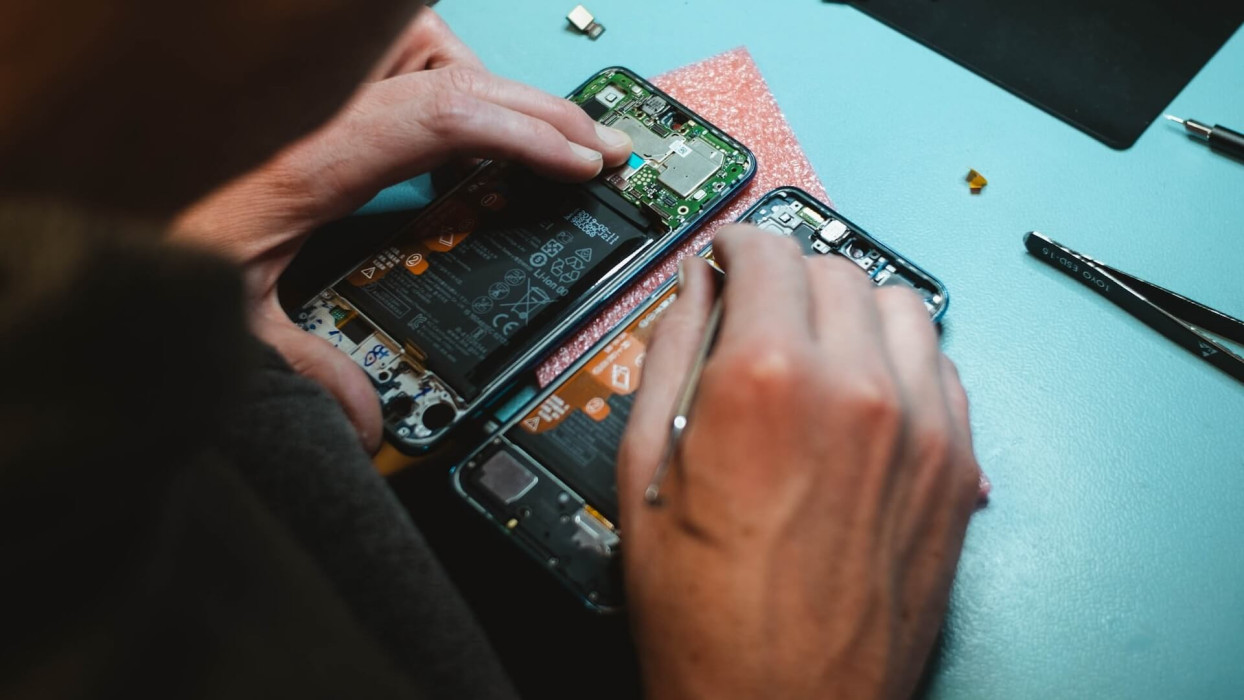Want to secure, patch, upgrade, or modify tech you own? You may not be able to, if some manufacturers have anything to say about it. They view your use of their tech as a limited license, not ownership, and therefore strike back if you attempt to fix what you probably thought was yours.
While this smacks of a most paradoxical irony in the buying vs. renting calculus, you are not generally allowed to open the case to fix things (without voiding the warranty as a minimum, or worse), even if the device is broken and the manufacturer won’t – or doesn’t plan to – fix it at all.
New York State has passed “Right to Repair” Bill S4104A that seeks a fix, literally. A slam-dunk vote helped it cross the finish line, but last-minute changes popped some holes in it that can allow manufacturers to wiggle out in certain cases.
The legislation “requires original equipment manufacturers (OEM) to make diagnostic and repair information for digital electronic parts and equipment available to independent repair providers and consumers if such parts and repair information are also available to OEM authorized repair providers.” And, importantly, “on fair and reasonable terms, documentation, parts, and tools, inclusive of any updates to information”. That means you shouldn’t have to take it to the dealer and pay dearly to pad manufacturers’ profits on the back of subsidized original sales price.
Car dealers do this all the time, sell the tech-drenched car cheap but make up for it on dealer-only repairs, especially with highly inflated “diagnostic” fees ($175 last I checked at a dealer) which amount to plugging into a computer that reads stored diagnostic codes in a few seconds. That’s an extraordinary level of profit billed by the hour, and they’re fighting to keep it.
And so do electronics manufacturers. Many phones are deeply subsidized, making up for it with revenue from junk bloatware and steep hardware repair prices. If your phone breaks, you need special tools to even open the case, much less diagnose the problem. Should you – much to the manufacturer’s dismay – attempt your own repair, the use of proprietary interfaces and software in such devices means you’re reverse-engineering in the dark.
RELATED READING: When repairing things you own may make you an outlaw
One laptop manufacturer repair center a few years back charged around $500 for a failed main board, then took them in to the repair lab and fixed the old one in a few minutes for pennies in parts and resold the “bad” board for another $500. These kings of profit margins are insane.
Manufacturers use the profits to defend this insane practice. But not if the folks in New York have anything to say about it, even though there are specific exclusions for some industries like motor vehicles – for now. They even want manufacturers to provide “special documentation, tools, and parts needed to access and reset” security locks or security-related functions.
This passed legislation portends a future where (we hope) it will be easier for us all to repair, fix, upgrade, and just tinker with things we already own. We see how homebrew repairs and upgrades trickle back into everything from open-source software to hot rod cars and homebuilt airplanes – a process that made entire industries far better. Now we hope the fear of reprisal will get a reprieve if you grab a strange, tiny screwdriver and try to get your Wi-Fi router to load third-party firmware to beef up security, or change the antennae, or just try to understand the technology and try something new.
The right to tinker makes everything better, except immediate dealer profits perhaps. But in the long term, good ideas will help make the products better so manufacturers can sell more and win in the end. If they will allow it.





